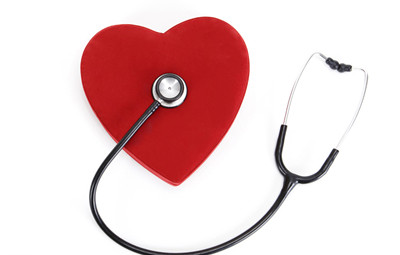During a physical exam, doctors pick up a lot from their patients.
在體檢的過程中,醫生們從病人處了解到許多信息。
Including that patient's bacteria.
而且包括病人攜帶的細菌。
To keep infections from spreading, physicians try to always wash their hands between exams.
為了防止病菌感染,醫生們總是在體檢間隙頻繁洗手。
But they don't always scrub their stethoscopes.
但他們并未考慮過清潔聽診器。
To see just how much bacteria these instruments gather, doctors examined 71 patients, using sterile stethoscopes and gloves.
為了調查一下這個小儀器上到底能積累多少細菌,醫生們進行了一項實驗,他們使用無菌消毒過后的聽診器和手套相繼檢查了71 名患者。

After each exam, researchers collected samples from the stethoscope's surface and tube, as well as four parts of the physician's gloved hands: the fingertips, backs and two locations on the palm.
每次檢查完畢后,研究人員們都從聽診器表面和管道內采集樣本,而且還從醫生們戴著的手套上的指尖,手背以及手掌上兩處四個部位再進行采集。
The fingertips became by far the most bacterially contaminated.
指尖成為了迄今為止最容易被細菌附著的地方。
But the runner-up was the stethoscope's surface, which gathered more microbes than the palms or the backs of the hands.
而其次是聽診器的表面,上面的細菌等微生物可比手掌和手背等要多的多。
The study is in Mayo Clinic Proceedings.
這項研究已經在《梅奧醫療進展》雜志上發表。
Although fingertips picked up more than five times as much bacteria as stethoscopes did, doctors reduce that contamination before seeing the next patient by cleaning their hands.
盡管指尖部位比聽診器上的細菌多5倍,但醫生們卻可以通過間隙的洗手清潔減少這類病原傳播。
According to this study's authors, stethoscopes should get the same treatment.
據這項研究的作者表示聽診器也應該進行相應的清潔處理。
Then the only thing to fear is the stethoscope’s icy temperature.
那時令人恐懼的事就只剩下對于聽診器的冰涼觸感了。












